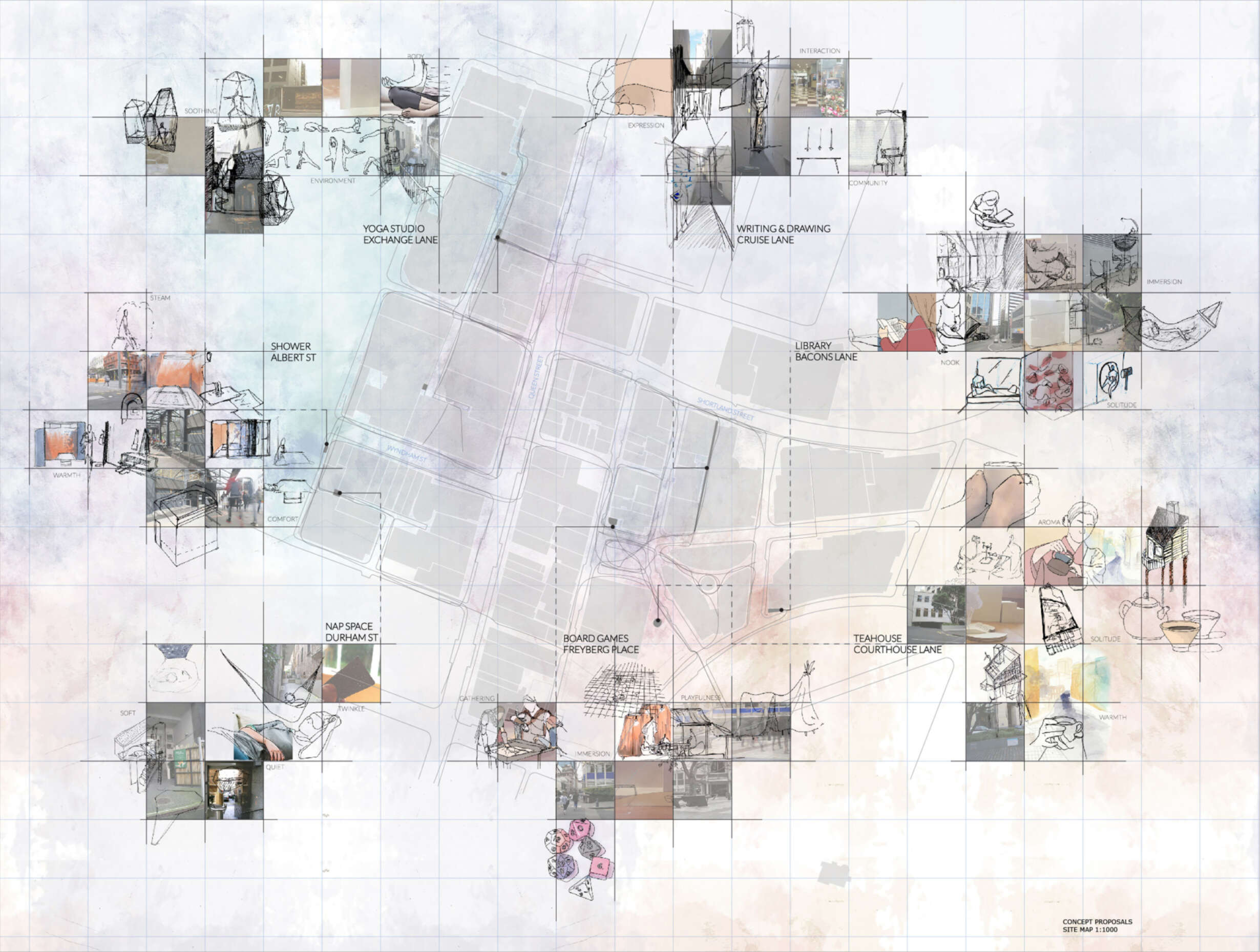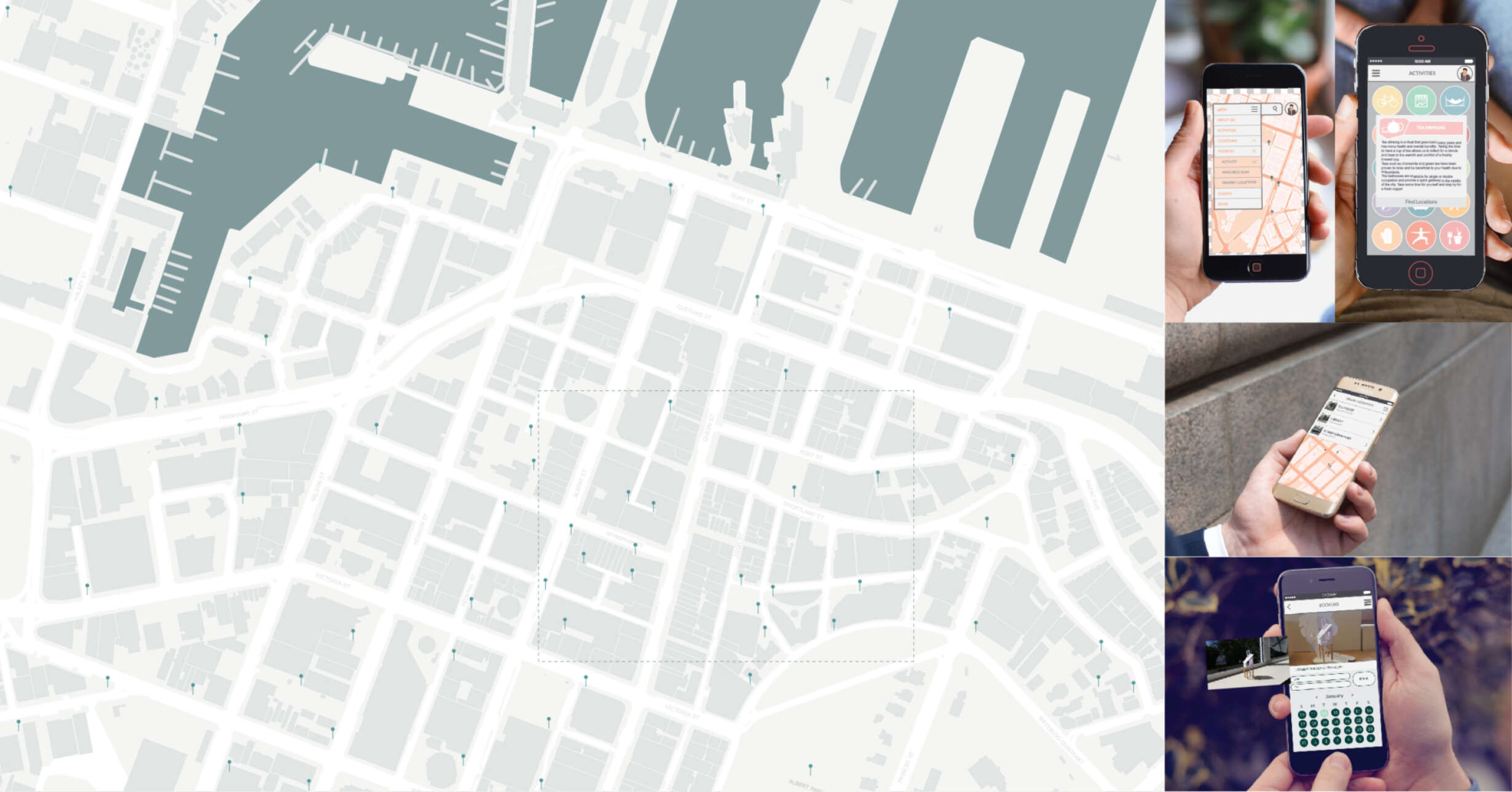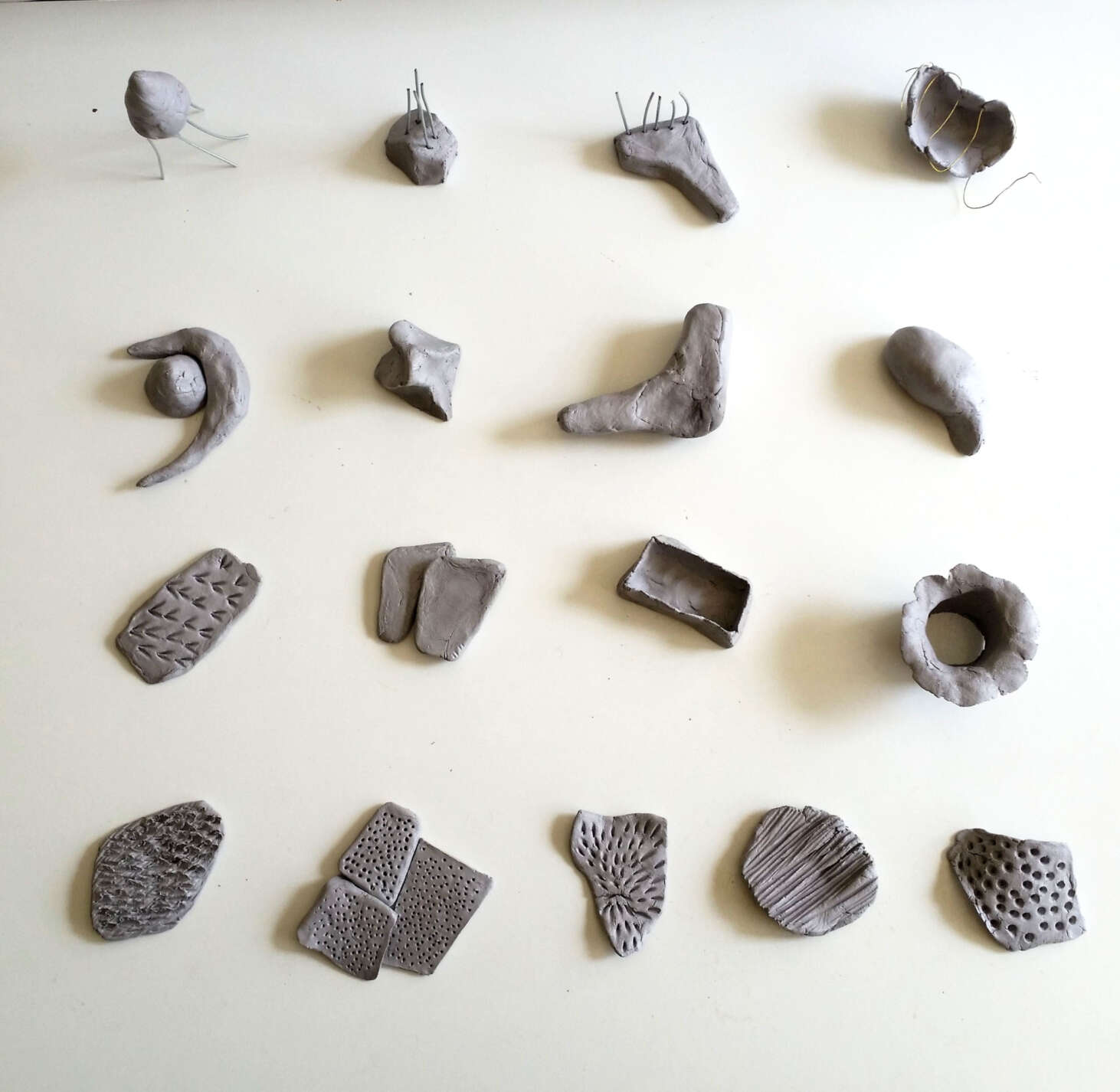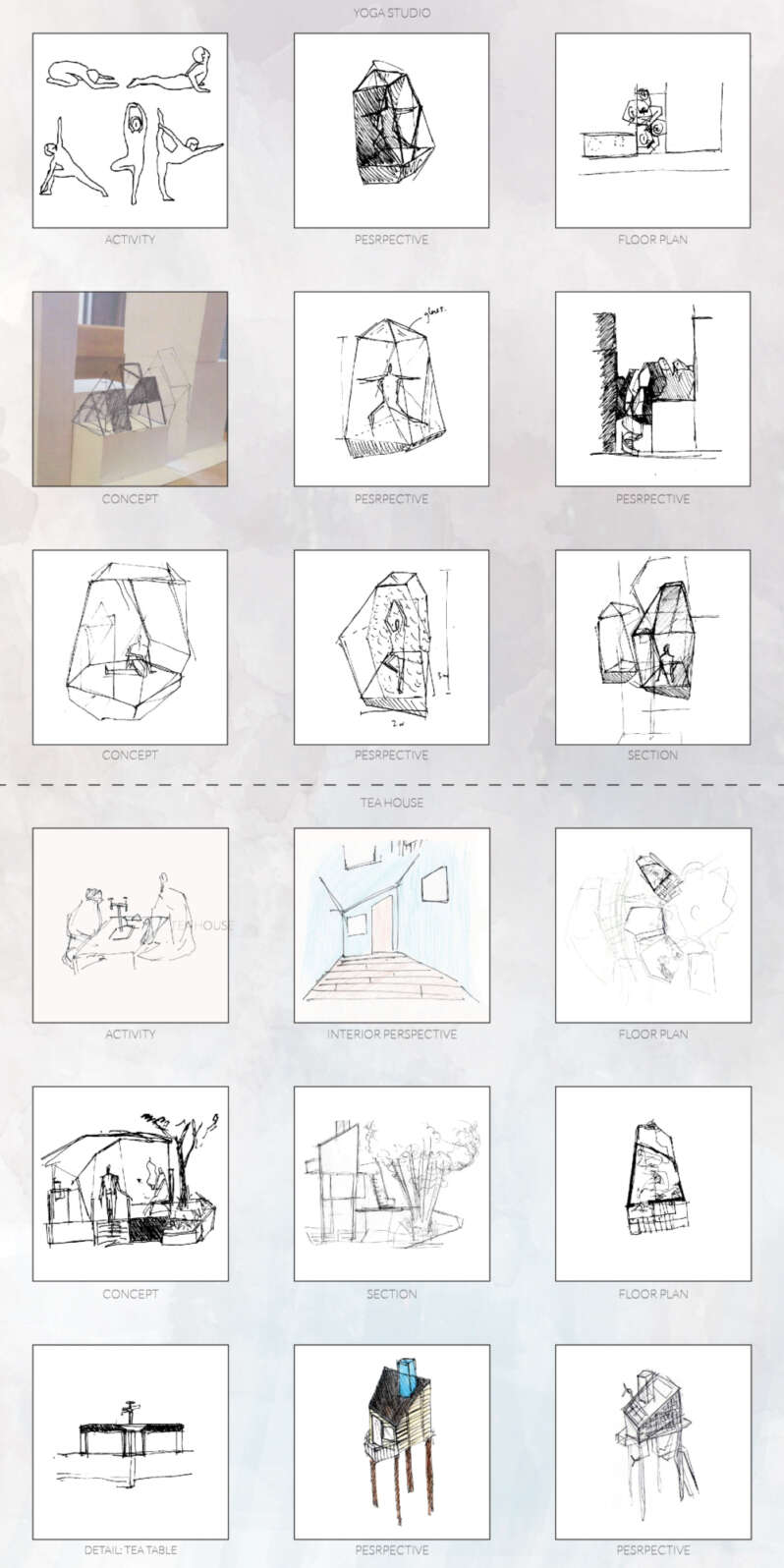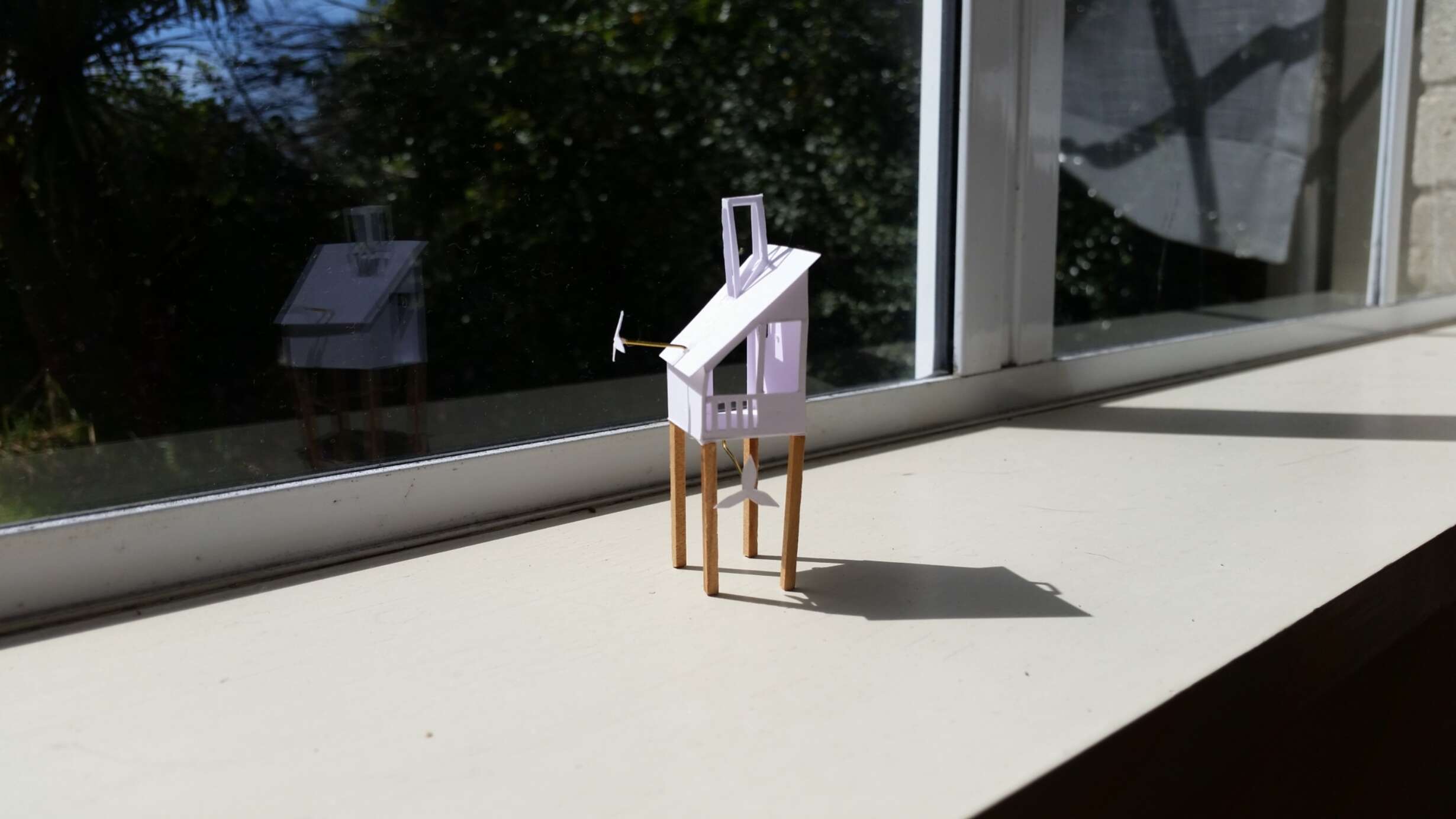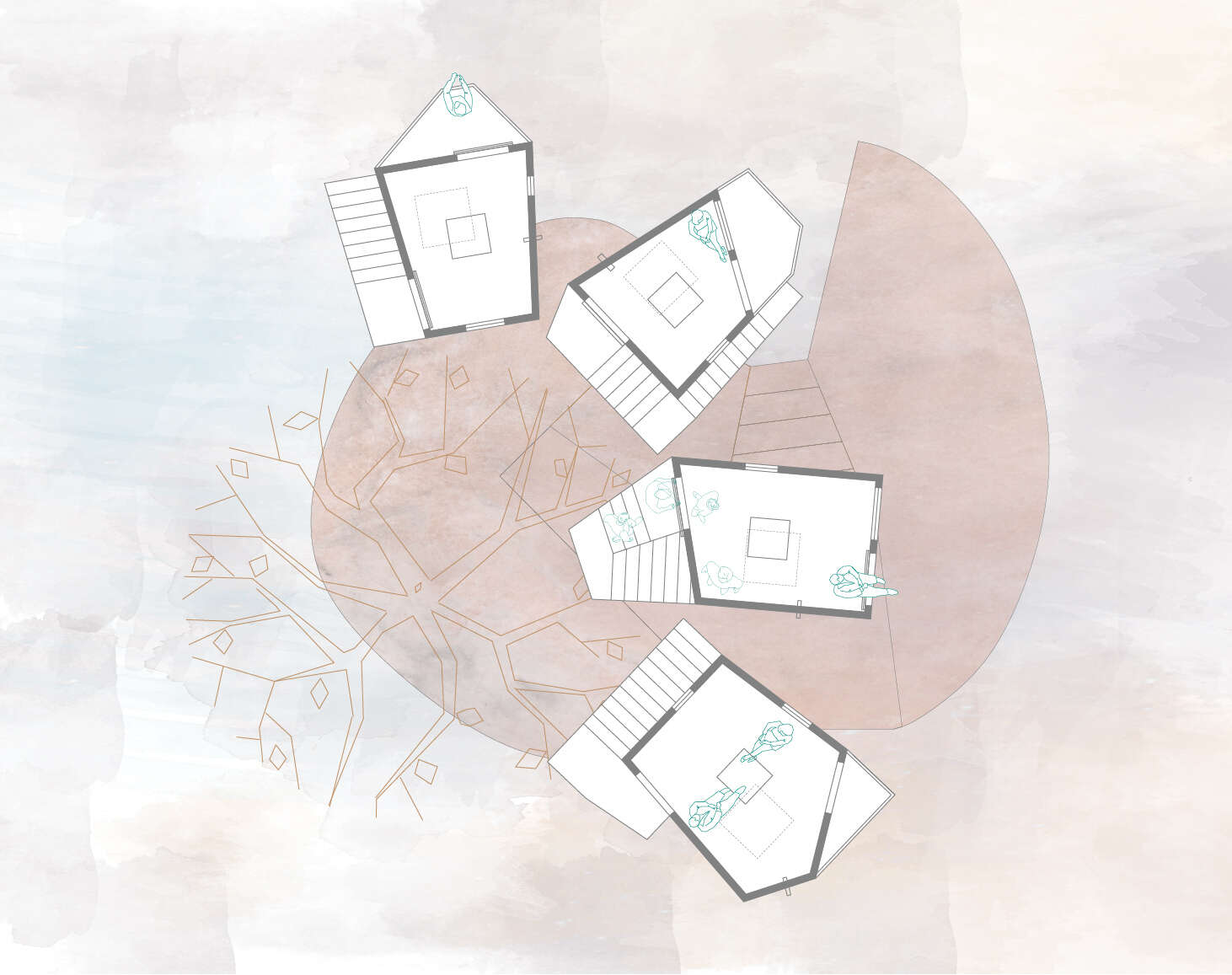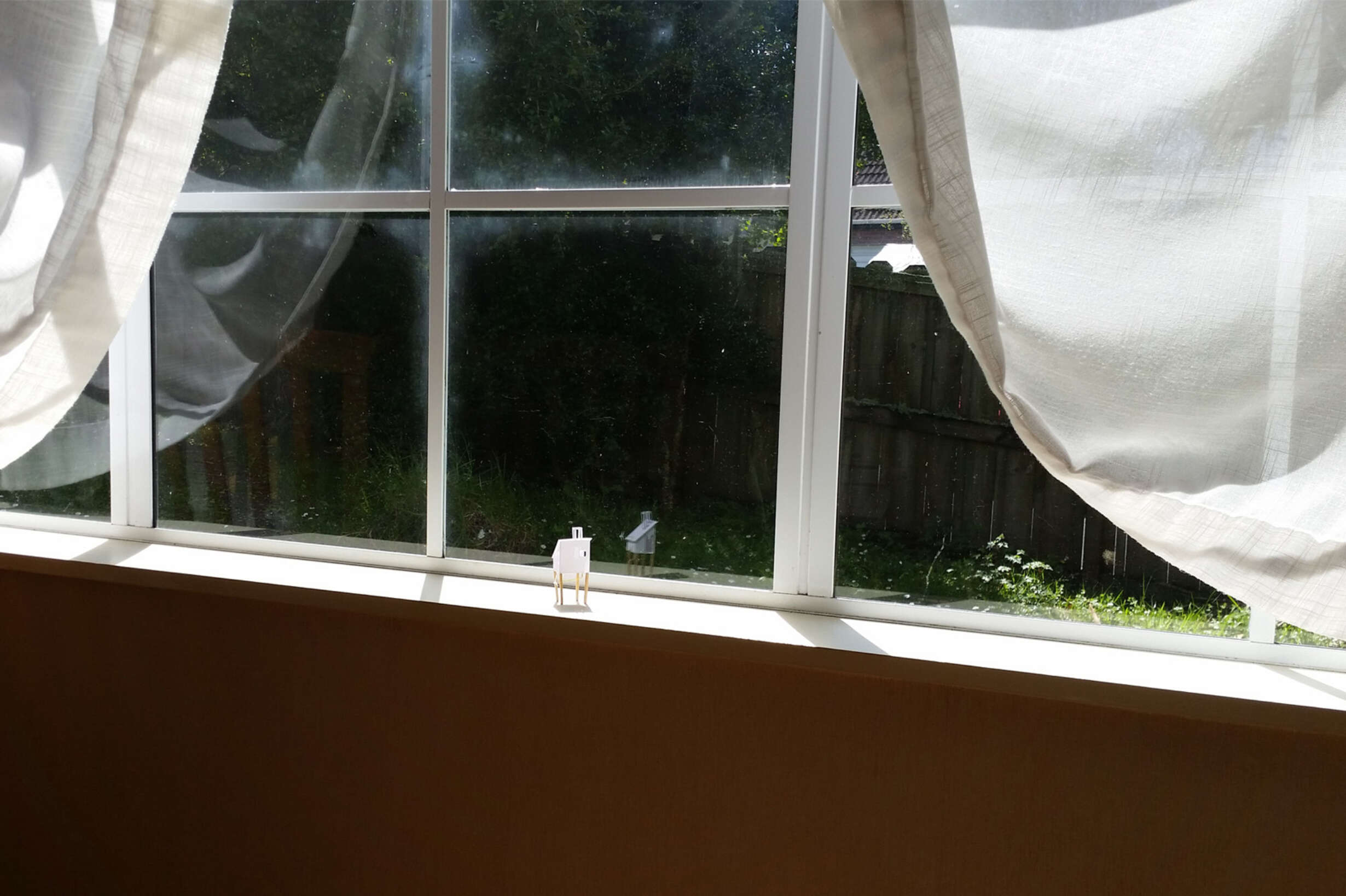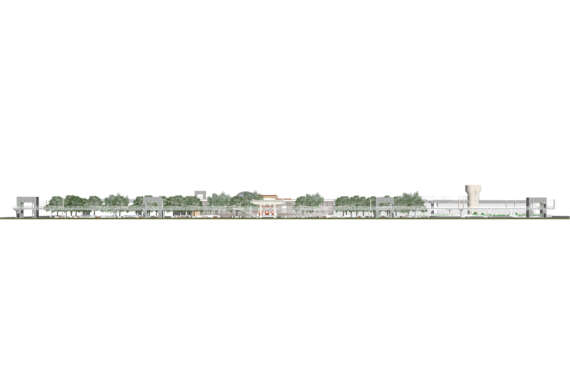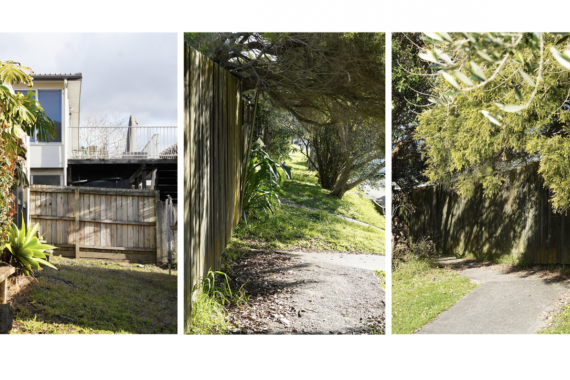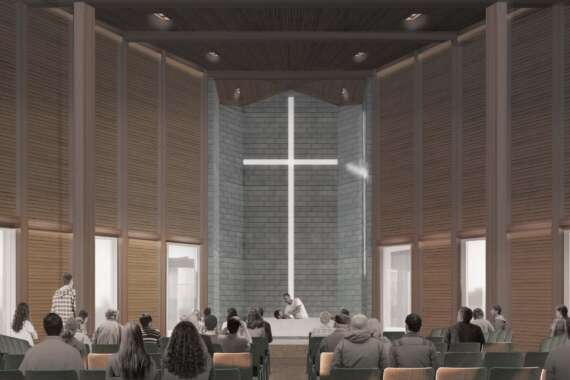Habitual Inhabitation: Revitalising the City Through Ritual
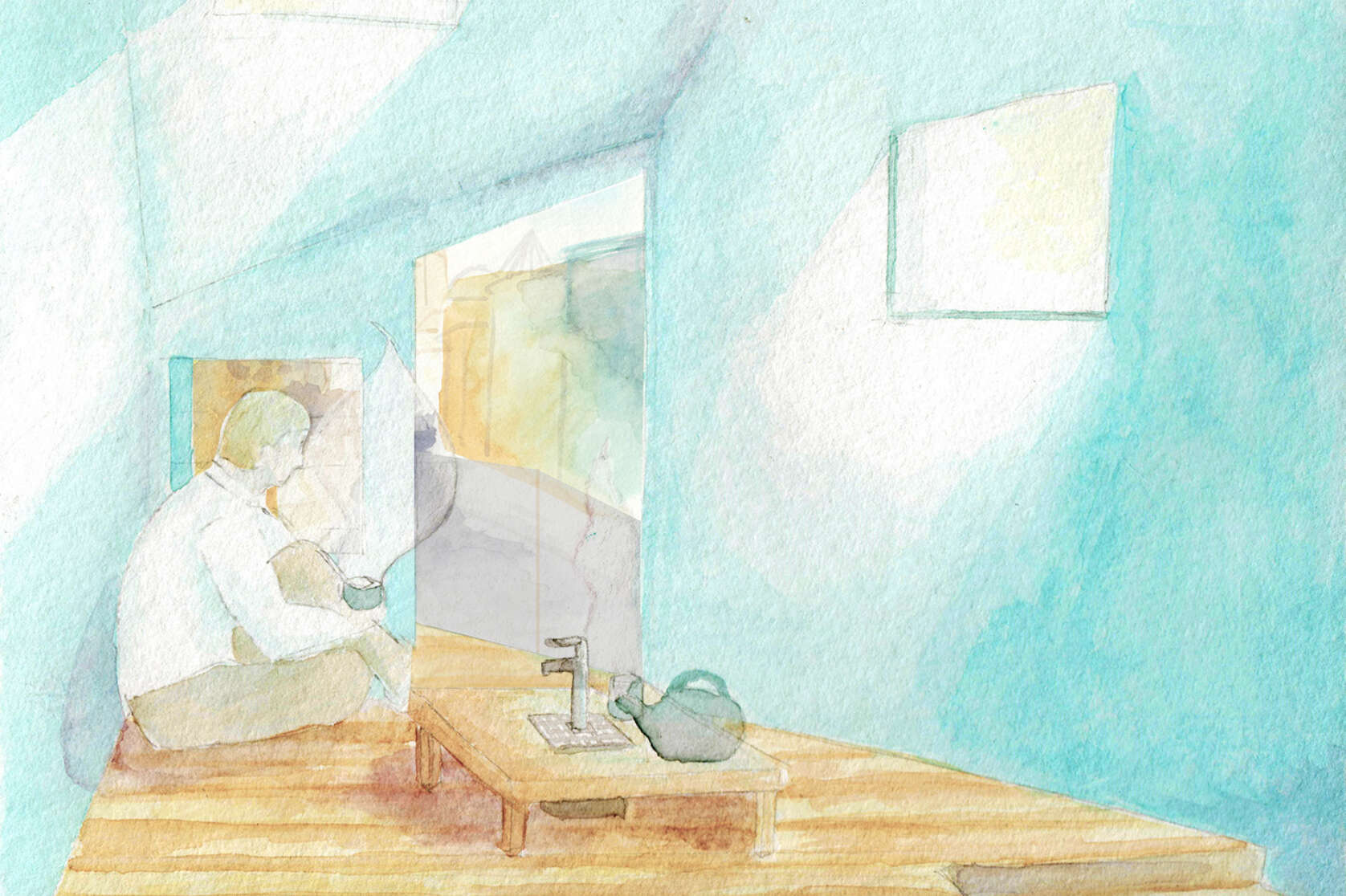
Rituals, as a form of transcendence, have the opportunity to provide an escape from the mundane and to create moments of mental clarity. Every person will have a ritual personal to themselves in which they can experience mental relief and comfort. The continual practice and repetition of these routines become second nature, or habitual, and as such create ritual habitats. However, contemporary day to day life is often stressful, busy and relentless. As a result, we have developed bad habits. We don’t always have the time or opportunities to engage in moments of personal nourishment that would counteract the anxieties and stress we face. A tension has developed between daily life and general wellbeing due to this lack of relief and relaxation which ultimately endangers people’s mental health.







